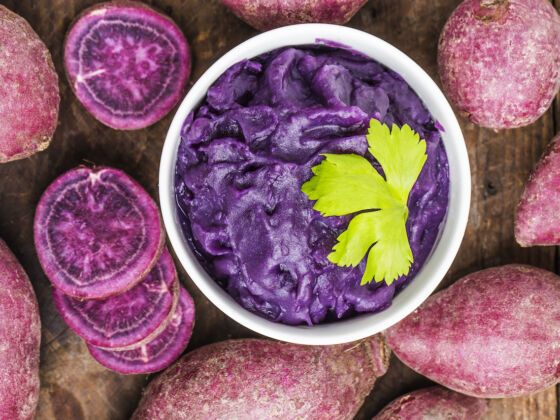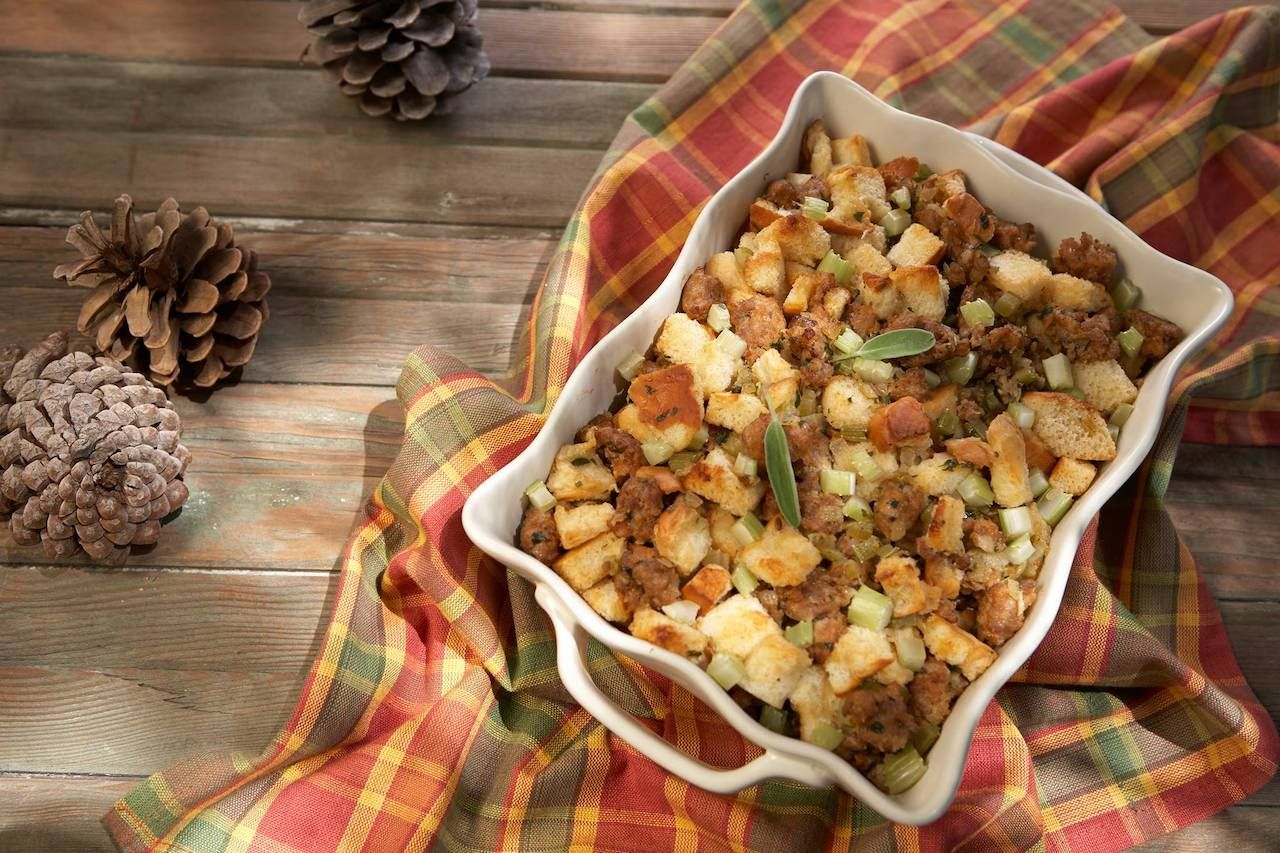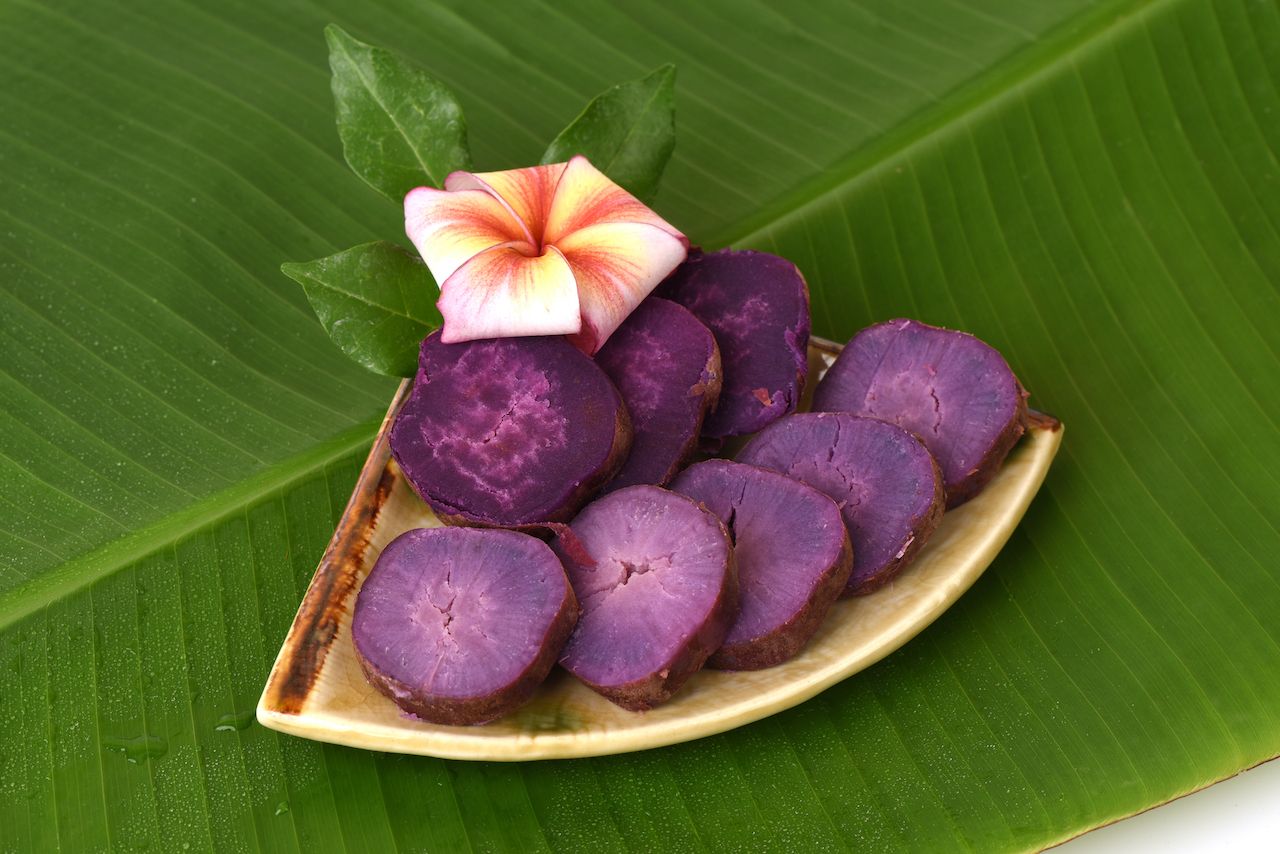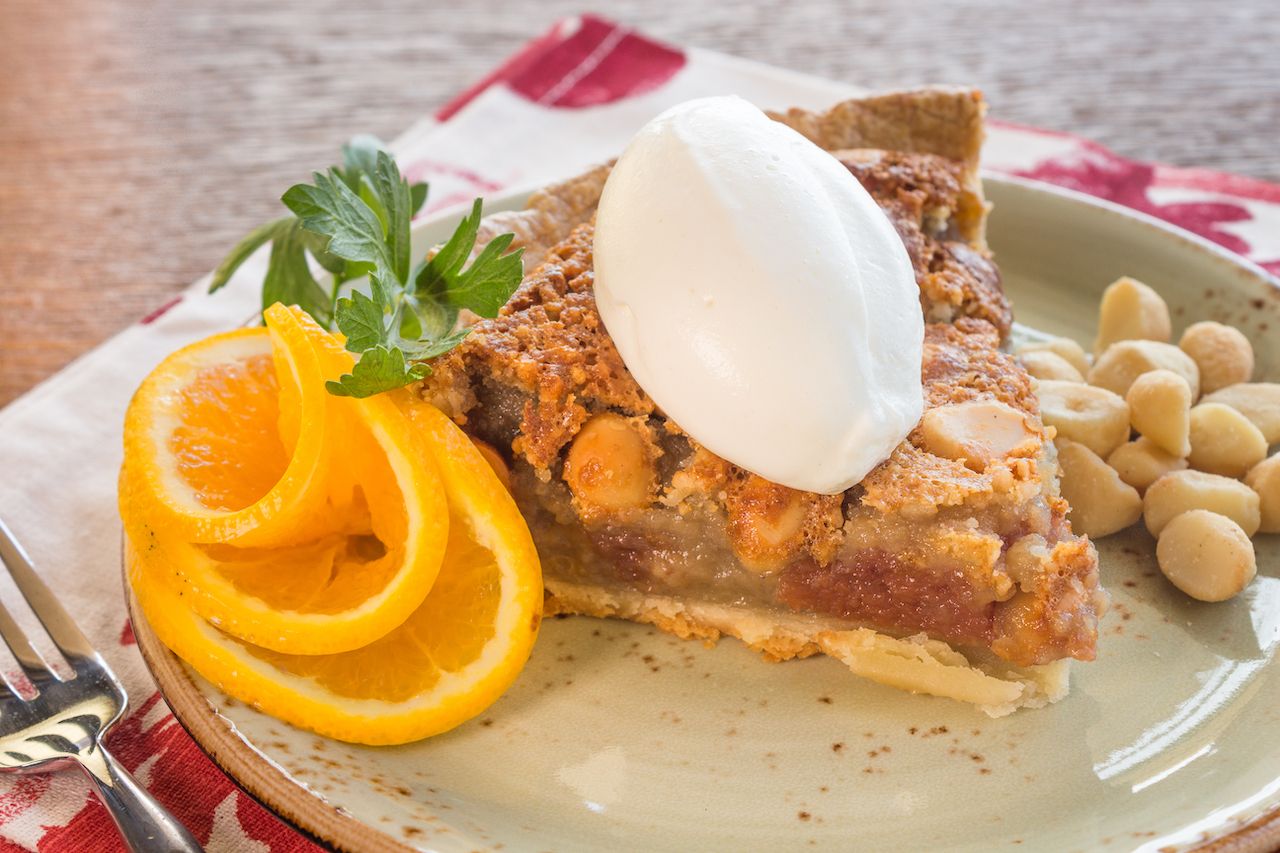Many Americans agree on the fundamentals of a classic Thanksgiving dinner: turkey, stuffing, and at least one starchy side. Pie is non-negotiable. Booze will invariably flow. Yet whether that bird is roasted or fried, you call it dressing or stuffing, or your grandma’s yams skew savory or sweet likely depends on where you’re sitting down to dinner — and debates over which regional Thanksgiving menu is the most classic will probably rage for as long as there’s a fourth Thursday in November. At least in the contiguous United States.
Thanksgiving in Hawaii looks different. Poke, sashimi, and poi often grace the table. Macaroni salad is more popular than green bean casserole. And pineapple may well be served in place of cranberry. Even the fundamentals that anchor both mainland and island menus are imbued with Hawaii’s distinct history, climate, and rich culinary heritage. From a show-stopping bird that gets buried underground to pumpkin pie like you won’t find elsewhere, these local, multicultural dishes put a delicious spin on the Thanksgiving classics.




